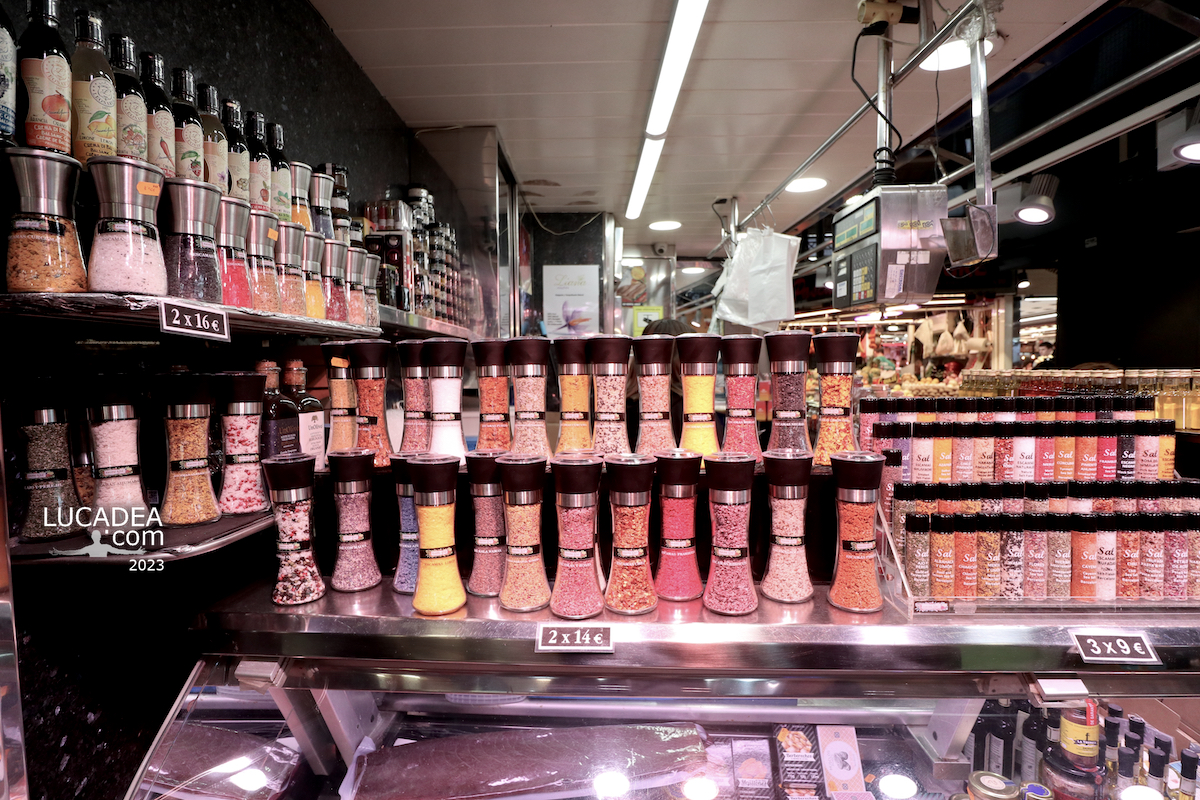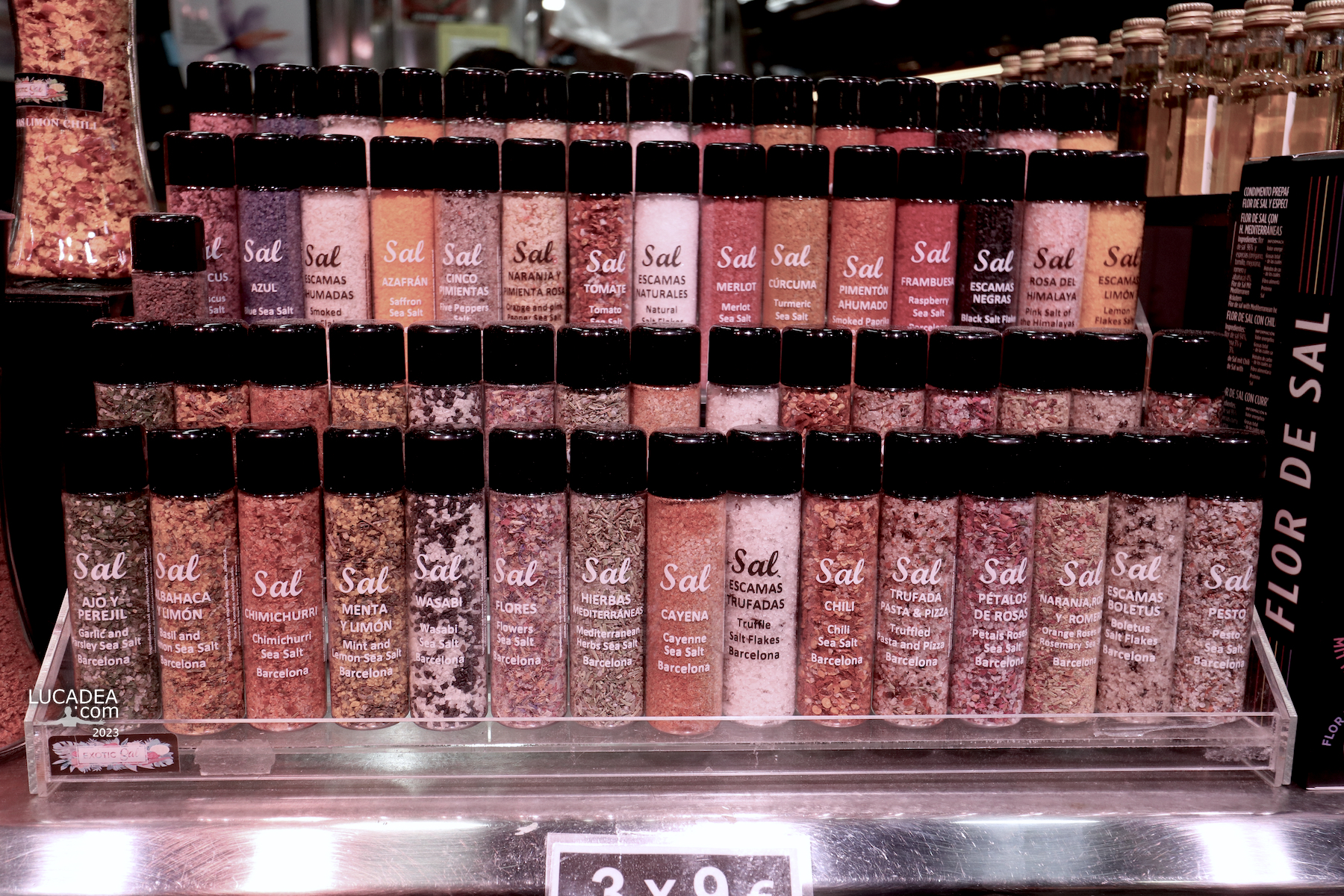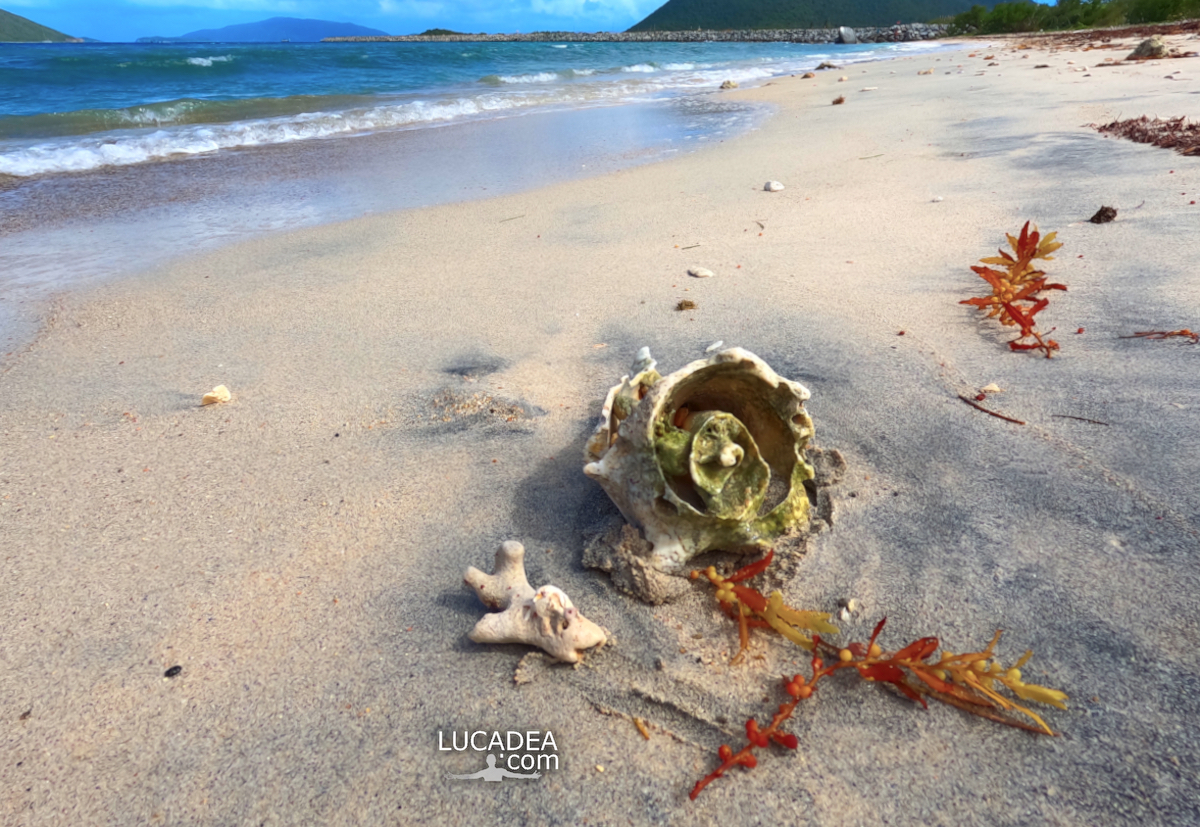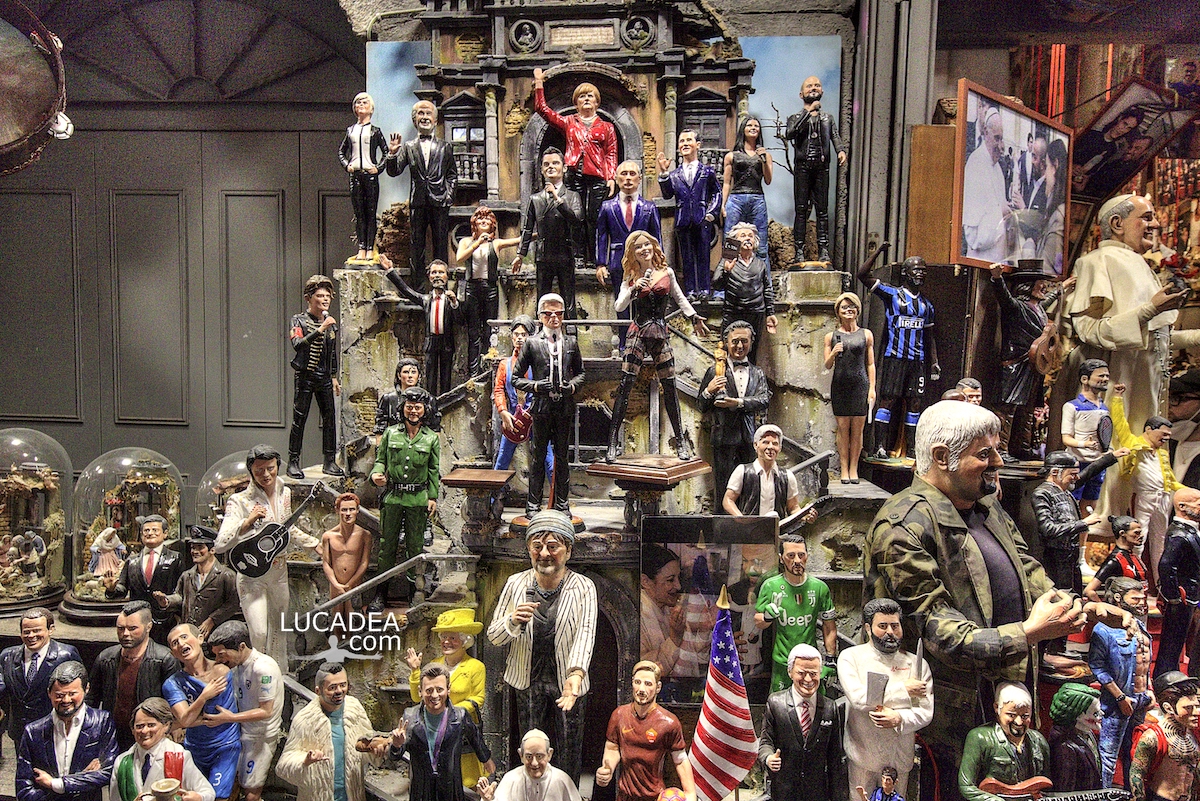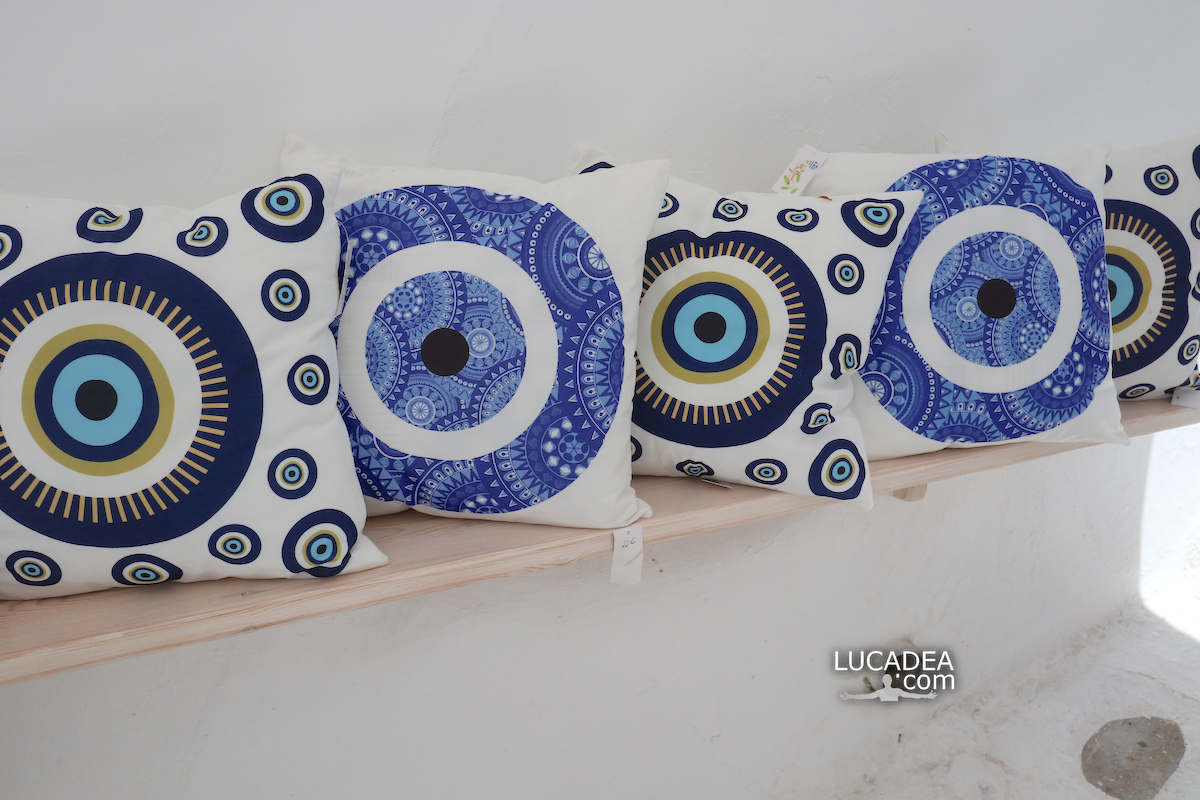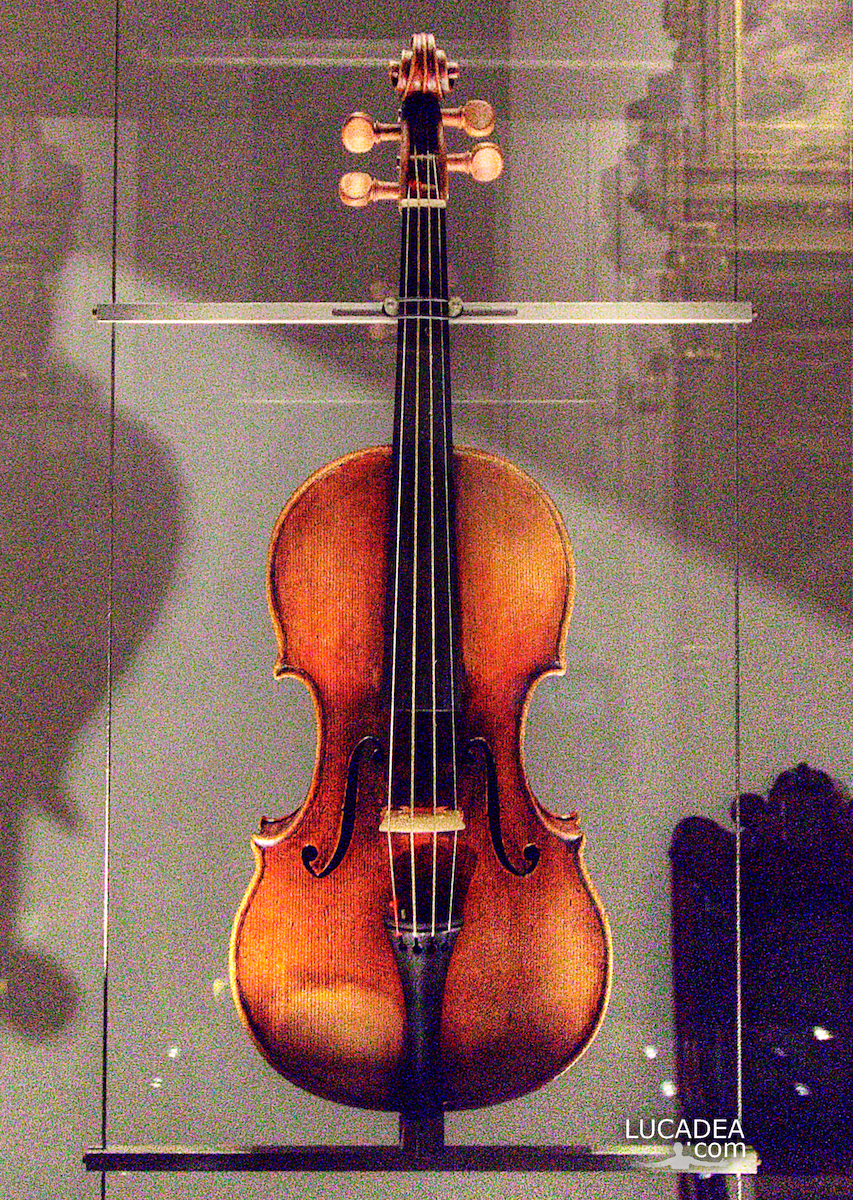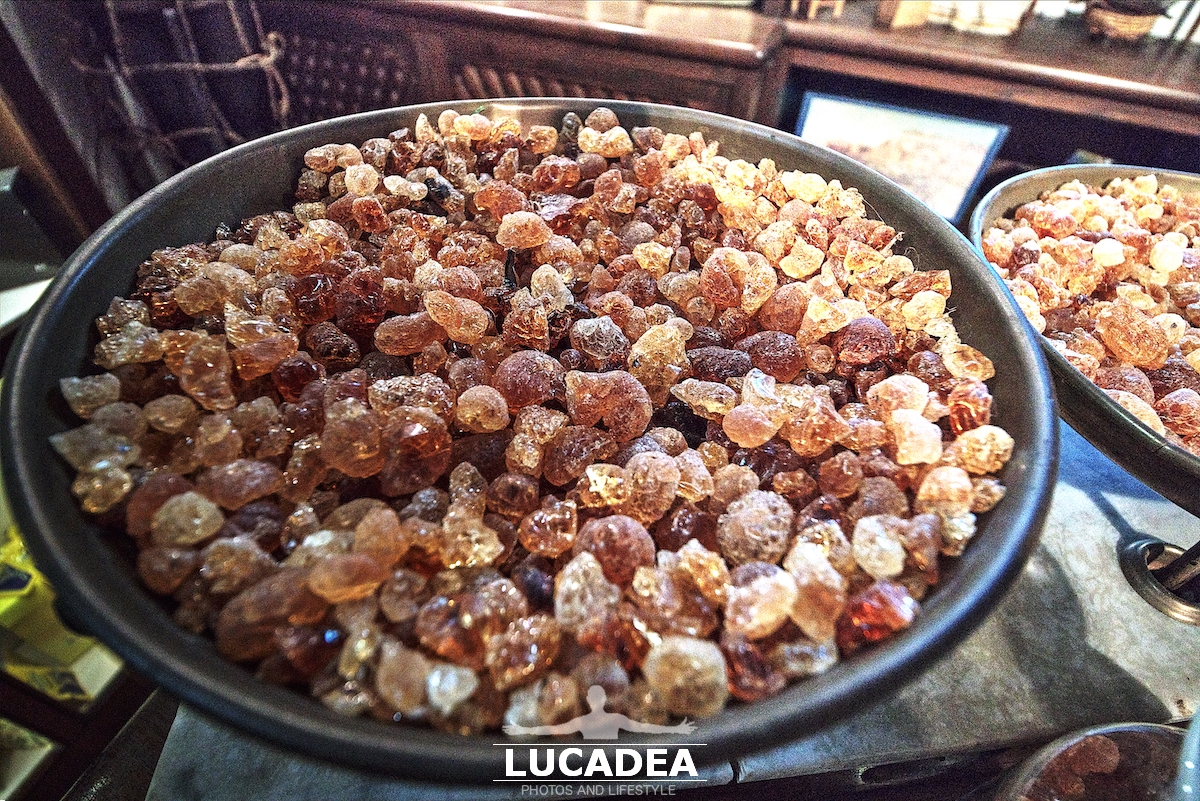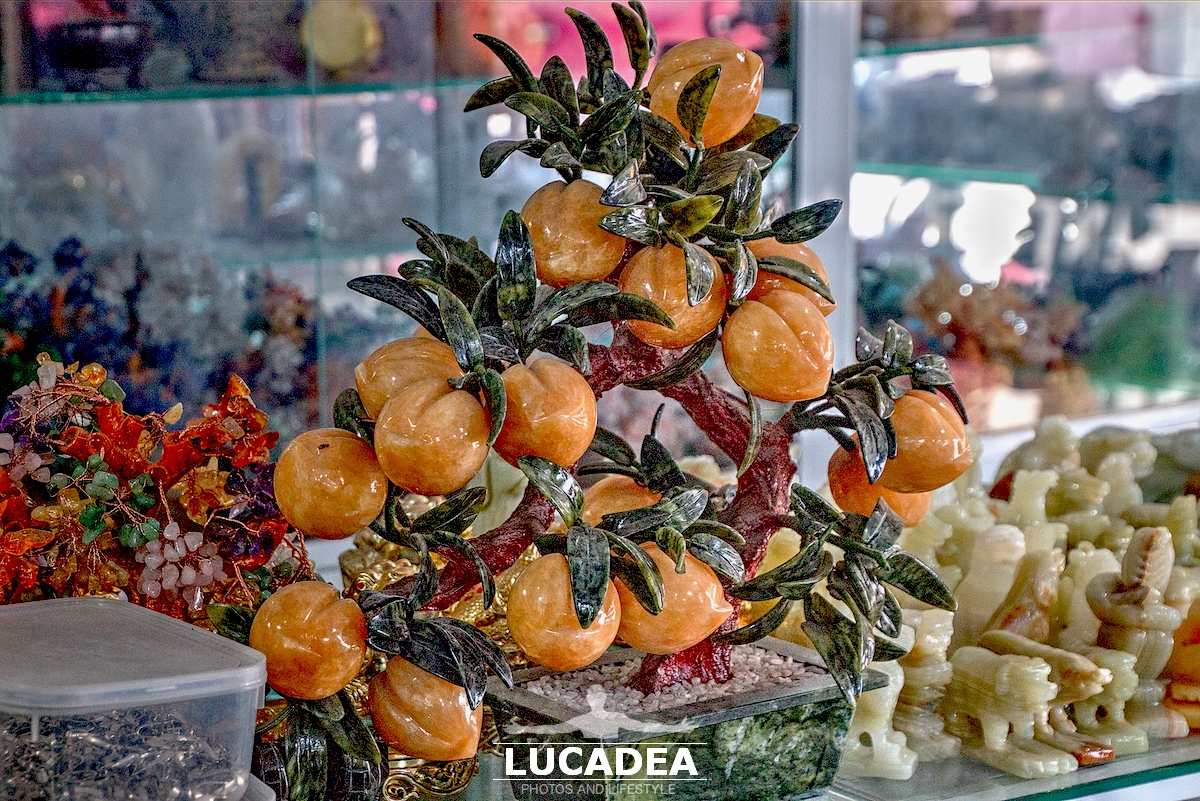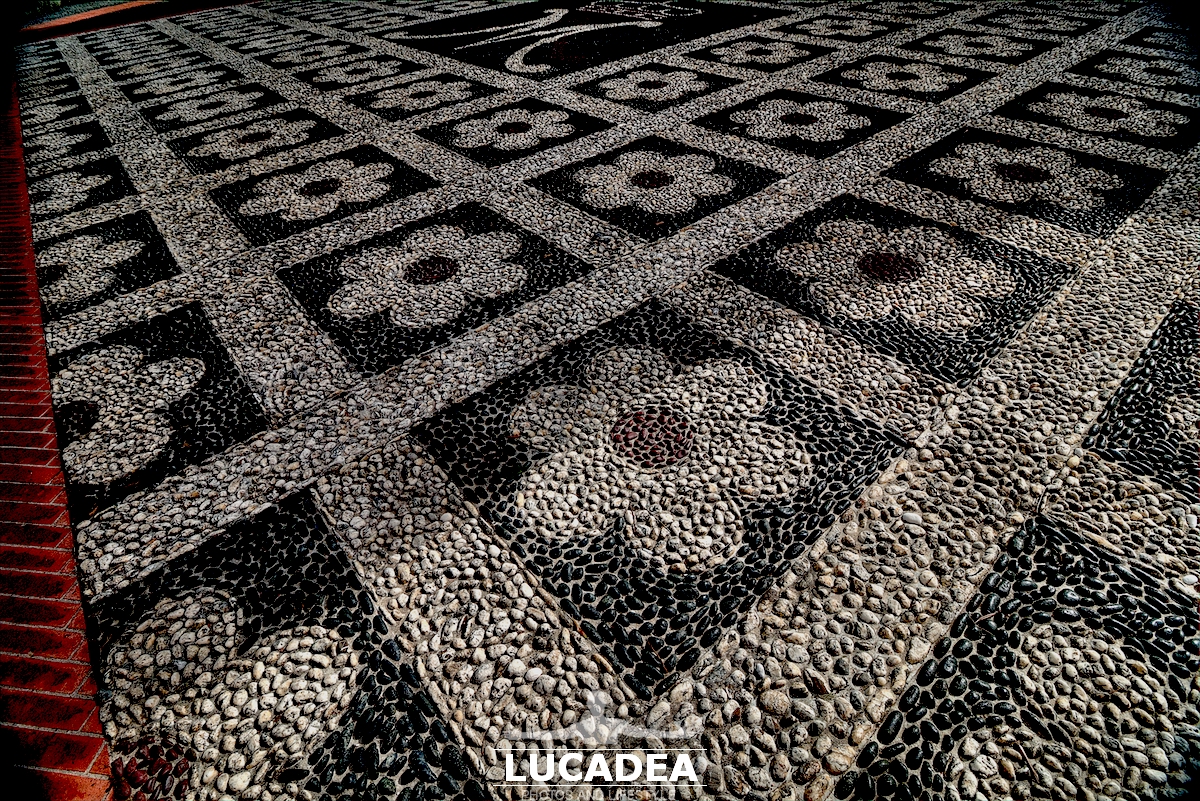Salt as a souvenir at the Boqueria market in Barcelona.
When I'm in Barcelona by ship, if I have time to go out, I always pop over to La Rambla and have a snack at the Boqueria market.
Obviously, since it's overrun with tourists, it always offers things that are in fashion at the moment.
The last time I was there I noticed that saffron and especially salt were present in many stalls.
There were all types and shapes: azul (blue), azafran (saffron), cinco pimientas (five peppers), naranja e pimienta rosa (orange and pink pepper), tomate (tomato), merlot, turmeric, frambuesa (raspberry), Himalayan rose, ajo (garlic), albahaca y limon (basil and lemon), wasabi, chili (chili pepper)... and so on and so forth.
How strong, I didn't imagine there could be so many!
Have you ever visited the Boqueria market in Barcelona? Add a comment or go to the bottom of the site to read what other visitors have written.
Photo taken with Canon EOS M100 and lens Canon EF-M 11-22.
Here's where the market is located:
La Boqueria is the most famous market in Spain and one of the largest in Catalonia with its 2,583 square meters and more than 300 stalls. It is also one of the oldest markets in Spain: born at the beginning of the 17th century at the gates of the city in the plain of Pla de la Boqueria (which today is a small square in front of the current market) to avoid paying taxes on goods, it was inaugurated later, in 1836, where it is still located halfway along the popular Rambla, between the Palau de la Virreina and the Liceu Theater.
Continue and learn more on Wikipedia


